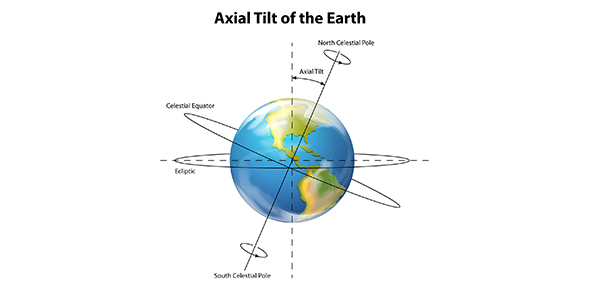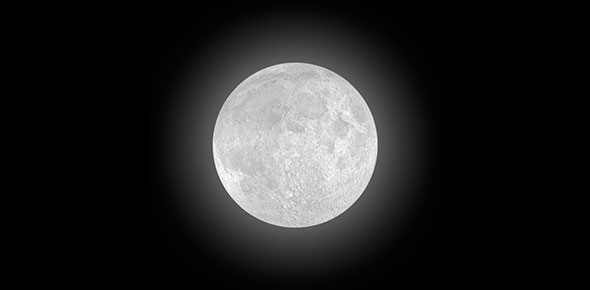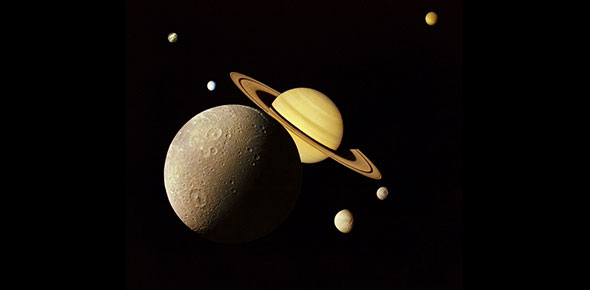Related Flashcards
Related Topics
Cards In This Set
| Front | Back |
|
The inability to observe parallax of stars led the ancient Greek astronomers to reject the idea that the Earth revolves around the Sun.
|
True
|
|
The zodiac is tilted by 23.5 degrees relative to the celestial equator.
|
True
|
|
The motion of the Sun with respect to the stars is retrograde, i.e., east to west relative to the stars.
|
False
|
|
During the month of December, the Earth goes through the point of closest approach to the Sun. Using Kepler's 2nd we can conclude that the Earth moves faster in December than in June.
|
True
|
|
The first quater phase of the Moon in the northern hemisphere occurs at the time of the third quater phase in the southern hemisphere.
|
False
|
|
During retrograde motion, the planet Mars rises in the west and sets in the east.
|
False
|
|
Parallax is the shift in a star's apparent position due to the Earth's motion around the Sun.
|
True
|
|
During the December solstice, the sun rises in the southeast horizon in the Earth's northern hemisphere.
|
True
|
|
In the geocentric theories, the Earth is assumed to be the center of the solar system.
|
True
|
|
The Sun is located at the center of Earth's elliptical orbit.
|
False
|
|
The angular size of an object decreases as the distance to the observer increases.
|
True
|
|
In the heliocentric model, the retrograde motion of the planets was explained as the consequences of the different orbital speeds of the planets, without the use of epicycles.
|
True
|






